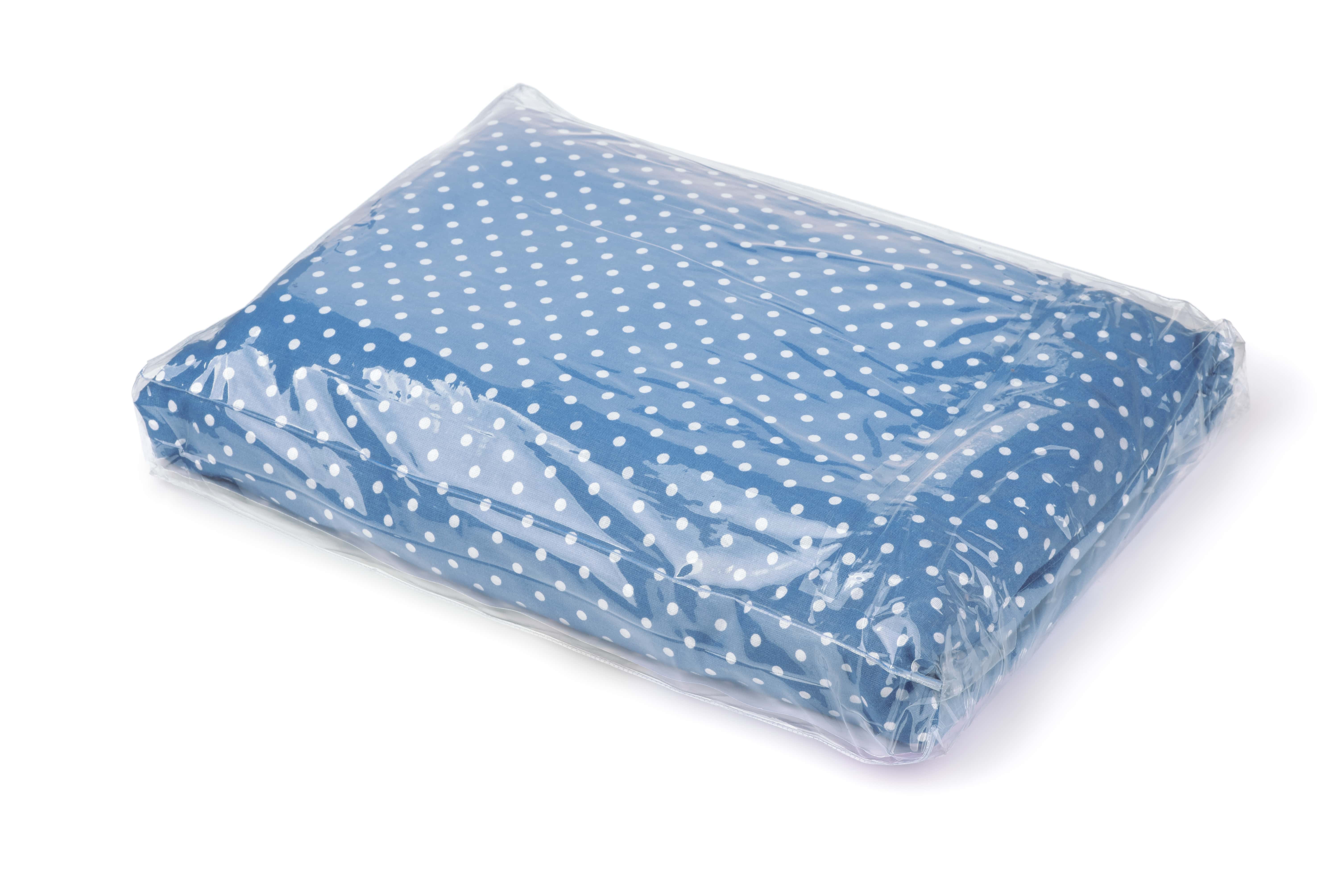Our Stance on PVC
Posted on Feb 1st 2023
10 Steps to Finding Sustainable Packaging | EcoEnclose
At EcoEnclose, we review materials strictly against our sustainability framework. Due to the health risks that PVC poses to both humans and the environment and PVC bans being instituted worldwide, we have chosen not to utilize this material in our packaging suite.
What is PVC?
Polyvinyl Chloride, or PVC, is one of the most significant users of gas chloride in the world, consuming approximately 4% of the world's chlorine. The base of PVC is a monomer, so it must use a unique mix of additives (like chlorine, phthalates, BPA, etc.) to gain its flexible properties. In addition, because they are not chemically bound, these chemicals are freely released into the air, the environment, other materials, and our bodies.
We have increasingly learned of the production of clear polybags (usually made with flexible plastics like LLDPE and LDPE) made with PVC. PVC can allow for a variety of aesthetic appearances, both clear and frosted.

How Dangerous is PVC?
These chemicals are linked to health problems, including infertility, immune system damage, impaired childhood development, hormone disruption, cancer, and other harmful effects. PVC accounts for approximately 40% of all chlorine- a building block of CFCs (forever chemicals) used in the USA, which produces dioxin and dioxin-like compounds. The EPA says there is no safe level of dioxin exposure.
Its production is also one of the more significant environmental justice issues relating to plastics and has disproportionately contributed to Cancer Alley and similarly impacted communities in Louisiana and Texas.
What is the Environmental Impact of PVC?
Chlorine is one of the world's most resource-intensive industrial processes. It consumes nearly 1% of the world's total electricity output, equating to 47 billion kilowatt-hours per year (or eight medium-sized nuclear power plants).
While recycling is trying to improve, very little PVC makes it through the recycling process. As a result, around 12 million tons are in the trash stream annually. In addition, due to the unique mix of additives, it's challenging to yield new vinyl materials from it once it is recycled.
What’s in Store for PVC?
Sweden, Spain, and Germany have all placed restrictions on PVC use.
Canada, Spain, South Korea, and the Czech Republic have banned or restricted the use of PVC in packaging.
Legislation is being introduced in California and Washington to ban the use of PVC.
Companies such as Apple, Honda, Johnson & Johnson, Kaiser Permanente, Microsoft, Nike, Sony, and Walmart have committed to phasing out PVC products.


